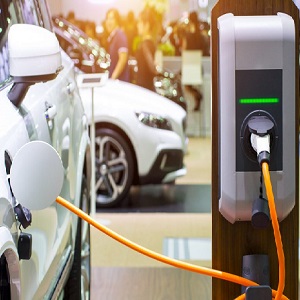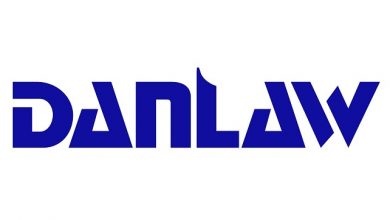Strict emission standards and rising EV sales to fuel application of Li-ion battery materials globally

Frost & Sullivan’s recent analysis, Global Li-ion Battery Materials Market, Forecast to 2026, estimates that the global market for Li-ion battery materials will register a robust double-digit growth rate by 2026. The rising sales of electric vehicles (EVs) have resulted in an unprecedented demand for batteries and battery materials. While the market is making significant strides toward developing alternatives to Li-ion batteries for EVs, wide-scale commercial adoption is expected to commence only by the second half of the decade. With Li-ion expected to remain the battery technology of choice, the Li-ion battery materials market is forecast to grow at a compound annual growth rate (CAGR) of 13.0%, reaching $36.56 billion by 2026 from $15.49 billion in 2019.
“Ever-tightening emission standards, coupled with government policies incentivizing EV production, are increasingly driving multi-billion dollar investments toward automotive electrification infrastructure, especially in Europe and APAC. This is creating significant growth avenues for battery materials market participants,” said Gautam Rashingkar, Industry Analyst, Chemicals, Materials, and Nutrition. “The quest toward packing in high-energy densities to facilitate maximum possible driving ranges, while focusing on reducing overall battery costs, continues to be the key factor driving development, adoption, and wide-scale use of specific battery materials.”
Rashingkar added the ever-increasing push for high-energy-density batteries is expected to impact the selection and use of individual battery materials, and there is a growing preference for high-nickel-content cathode materials, partial replacement of graphite with silicon composites in anodes, and an increasing demand for thinner, high-thermal-resistance separators. Also, battery manufacturers are increasingly incorporating functional additives in electrolytes.
“Furthermore, with rapid expansion in battery manufacturing infrastructure, participants across the value chain are mandating ethical sourcing of raw materials, reduction in the use of critical materials, and developing processes and infrastructure for recycling and end-of-life management for Li-ion batteries, especially in Europe,” Rashingkar concluded.
For further revenue opportunities, battery material vendors should:
- Develop and promote the use of advanced cathode materials that balance energy density, safety, and stability to gain a significant edge over competitors.
- Strengthen footprint across key geographies in APAC and Europe, where significant battery production capacities are expected to be added.
- Build effective recycling processes and infrastructure in collaboration with original equipment manufacturers (OEMs) or recycling companies to ensure access to critical raw materials such as cobalt, nickel, and copper.
- Consider collaborations and/or acquisition of companies specializing in materials for advanced, next-generation batteries to secure their market position.
Global Li-ion Battery Materials Market, Forecast to 2026 is part of Frost & Sullivan’s global Chemicals and Materials Growth Partnership Service program.




